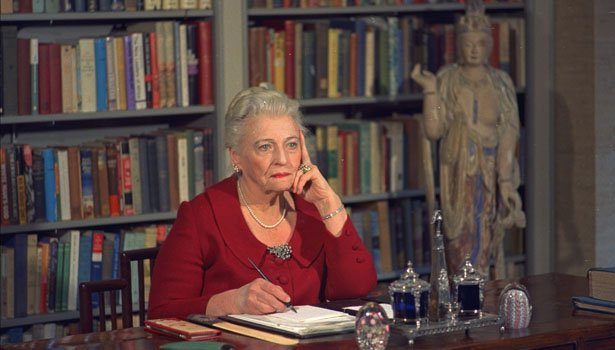Why was Pearl Buck Awarded the Nobel Prize for Literature in 1938?
Pearl S. Buck: Unraveling the Nobel Prize-Winning Literary Icon
The Literary Triumph of Pearl S. Buck: A Nobel Laureate’s Journey
Pearl S. Buck, an American author, was awarded the Nobel Prize for Literature in 1938, marking a momentous occasion in the history of literature. Her prolific writing career and significant contributions to the literary world made her a deserving recipient of this prestigious accolade.

1. Cultural Bridge and Compassionate Narratives:
One of the key factors that set Pearl S. Buck apart as a Nobel laureate was her ability to bridge cultural divides and offer a compassionate portrayal of the East, particularly China, where she spent much of her life. Through her writings, she immersed readers in the lives of ordinary Chinese people, exposing the beauty and complexities of their culture and society. Buck’s novels, most notably “The Good Earth,” were celebrated for their empathetic depiction of the struggles and triumphs of Chinese farmers. Her work served as a catalyst for fostering cross-cultural understanding during a time when East-West relations were often strained.
2. Advocacy for Social Justice and Women’s Rights:
In addition to her cultural contributions, Pearl Buck was a vocal advocate for social justice and women’s rights. Her books not only highlighted the challenges faced by women in both Eastern and Western societies but also underscored the importance of their empowerment. She fearlessly addressed issues such as gender inequality, child marriage, and the plight of the underprivileged. By tackling these topics in her literary works, Buck effectively utilized literature as a powerful tool for social change and education.
3. Literary Craftsmanship:
Pearl Buck’s mastery of literary craftsmanship played a significant role in her Nobel Prize recognition. Her writing style was characterized by vivid descriptions, powerful character development, and an engaging narrative structure. She possessed the unique ability to bring her characters to life, making them relatable to readers from diverse backgrounds. Buck’s command over storytelling earned her admiration from both literary critics and ordinary readers, contributing to her widespread popularity.
4. Impact on American Literature:
As an American writer, Pearl S. Buck was instrumental in expanding the horizons of American literature. Her works introduced Western readers to the East, broadening their perspectives and enriching the literary landscape. Through her influential storytelling, she demonstrated that literature could transcend cultural boundaries, fostering mutual respect and understanding. Her ability to captivate audiences worldwide earned her accolades beyond borders, further validating her Nobel Prize win.
5. Humanitarian Efforts:
Beyond her literary achievements, Pearl Buck’s commitment to humanitarian causes cemented her status as a Nobel laureate. She co-founded the international adoption agency, Welcome House, which helped find homes for thousands of orphaned children, particularly those of mixed Asian heritage. Buck’s advocacy and philanthropy embodied the Nobel Prize’s core values of promoting peace, understanding, and humanitarian efforts on a global scale.
Pearl S. Buck’s Nobel Prize win in 1938 was a testament to her literary brilliance, cultural sensitivity, and unwavering dedication to addressing social issues. Through her writings, she became a beacon of cross-cultural understanding and an advocate for social justice. Her ability to evoke empathy and compassion through her narratives left an indelible mark on literature, shaping the way we perceive the world and its diverse inhabitants. Pearl Buck’s legacy as a Nobel laureate continues to inspire writers and readers alike, emphasizing the power of literature to transcend borders and foster meaningful change.




